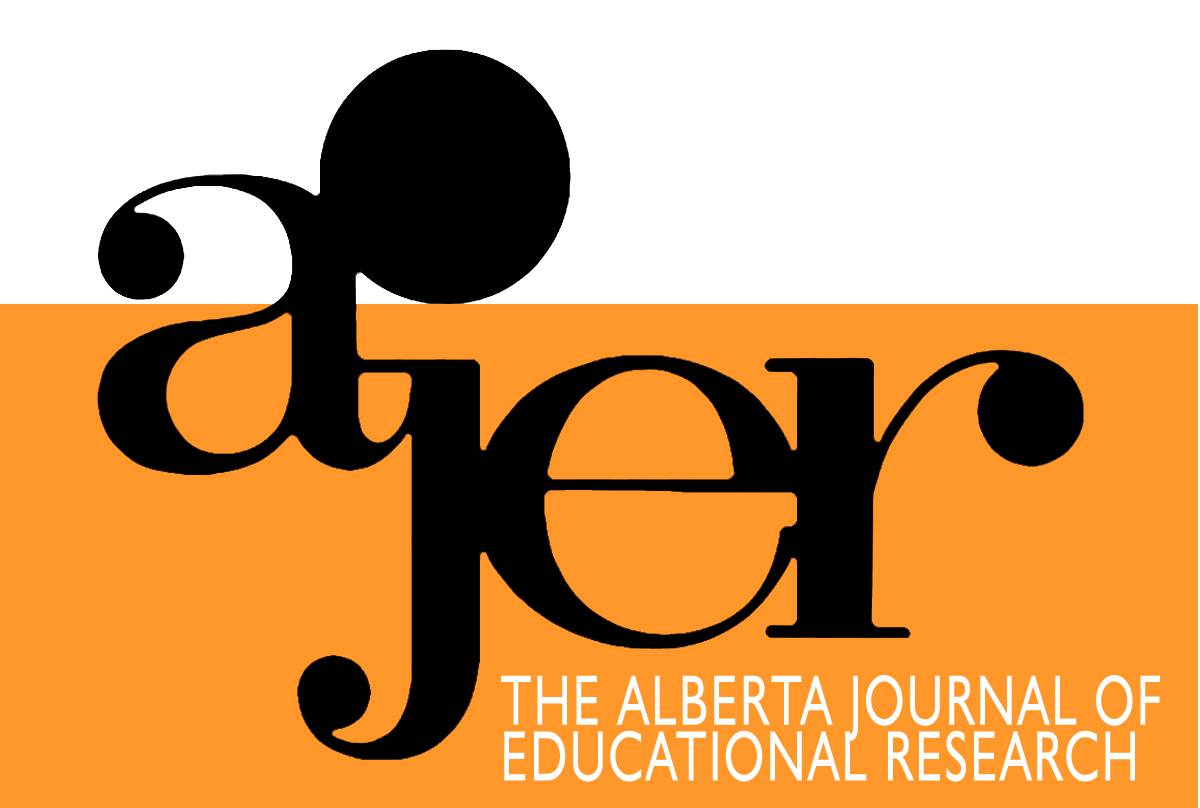Assessment of the Effectiveness of a Pilates Program on Physical Fitness Among Adolescent Students in School
DOI:
https://doi.org/10.55016/ojs/ajer.v70i1.77592Abstract
The purpose of the present study was to examine the effectiveness of a Pilates program in the context of the physical education course at school, on aerobic capacity, muscular strength, muscular endurance, and flexibility of high school students. The voluntary participants were 42 high school students, aged 15 to 17 years, randomly divided into a Pilates group (PG; n = 24) that were taught and practiced Pilates exercises and a control group (CG; n = 18) that participated in the regular physical education school program, during physical education course at school, twice a week, for 45 minutes, for 10 weeks. After the 10-week period, PG significantly improved in all physical fitness parameters, while CG only in muscular endurance. The results demonstrated the very positive effects of the Pilates program as an alternative form of physical activity during the physical education course at school, on physical fitness parameters of high school students.
Keywords: aerobic capacity, muscular strength, muscular endurance, flexibility.
Le but de cette étude était d'examiner l'efficacité de l’entrainement base sur des exercices “Pilâtes” dans le cadre d’un cours d'Éducation Physique à l'école, sur la capacité aérobie, la force musculaire, l'endurance musculaire et la flexibilité des élèves de la classe secondaire. Les participants volontaires étaient 42 élèves du secondaire, âgés de 15 à 17 ans, répartis au hasard en un groupe Pilates (PG ; n = 24) qui a appris et pratiqué des exercices de Pilates, et un groupe témoin (CG ; n = 18) qui a participé au programme scolaire régulier d'éducation physique, pendant le cours d'éducation physique à l'école, deux fois par semaine, pendant 45 minutes, pendant 10 semaines. Après la période de 10 semaines, le PG s’est amélioré de manière significative dans tous les paramètres de condition physique, tandis que le CG n’a amélioré que l’endurance musculaire. Les résultats ont démontré les effets très positifs du programme Pilâtes, comme forme alternative d'activité physique à l'école, sur les paramètres de condition physique des élèves du secondaire.
Mots clés : capacité aérobie, force musculaire, endurance musculaire, flexibilité.
Downloads
Downloads
Published
How to Cite
Issue
Section
License
UNIVERSITY OF ALBERTA COPYRIGHT LICENSE AND PUBLICATION AGREEMENT
If accepted, authors will be asked to sign a copyright agreement with the following points:
A. Where there is any inconsistency between this Copyright License and Publication Agreement and any other document or agreement in relation to the same subject matter, the terms of this Agreement shall govern.
B. This document sets out the rights you are granting in relation to publication of your article, book review, or research note entitled (the “Article”) through inclusion in the academic journal titled Alberta Journal of Educational Research (the “Journal”) published through the Faculty of Education, representing the Governors of the University of Alberta (the “Journal Editor”).
C. There will be no payment to you for this publication and grant of rights. In consideration of the agreement to publish the Article in the Journal:
1. You are warranting that:
- the content of the Article is your original work, and its content does not contain any material infringing the copyright of others; or, where the Article is not entirely your original work, you have obtained all necessary permissions in writing to grant the rights you are giving in this agreement;
- the content of the Article does not contain any material that is defamatory of, or violates the privacy rights of, or discloses the confidential information of, any other person;
- the Article has not been published elsewhere in whole or in part, and you will not allow publication of the Article elsewhere without the consent of the Journal Editor;
- the names of all co-authors and contributors to the Article are:
2. You agree to license the copyright in the Article to the Journal Editor, on a worldwide, perpetual, royalty free basis; and to the extent required by the terms of this agreement. You shall retain the right at all times to be acknowledged as the/an author of the Article.
3. You further agree that the Journal Editor has the entitlement to deal with the Article as the Journal Editor sees fit, and including in the following manner;
- The right to print, publish, market, communicate and distribute the Article and the Journal, in this and any subsequent editions, in all media (including electronic media), in all languages, and in all territories, ing the full term of copyright, and including any form of the Article separated from the Journal, such as in a database, abstract, offprint, translation or otherwise, and to authorize third parties to do so;
- The right to register copyright of the Journal;
- The right to edit the Article, to conform to editorial policy as the Journal Editor sees fit.
4. If any co-author or contributor to the Article does not sign this agreement, the Journal Editor reserves the right to refuse to publish the Article.



